Venezuela, a country that has produced truckloads of beauty pageants in the past, is now entering a new crisis. Superpower United States of America had finally made its move to recognise the opposition leader Juan Guaidó as the country’s interim president, a move that could plunge the nation into further chaos – even a civil war.
The decision by President Donald Trump essentially means the country has two presidents. Understandably, Venezuelan President Nicolas Maduro accuses the United States of trying to orchestrate a coup against him. However, the U.S. says it’s trying to rescue Venezuela’s democracy. Maduro called home all Venezuelan diplomats from the U.S. and closed its embassy.
As retaliation to the U.S. supporting the opposition, dictator Maduro orders all U.S. diplomats out of the country by the weekend. But Washington has refused to comply, but ordered its non-essential staff to leave the country. The Trump administration argues that Maduro’s order isn’t legal because the U.S. no longer recognizes him as Venezuela’s legitimate leader.
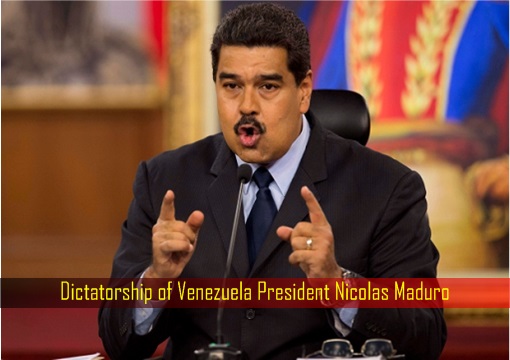
While Mr. Guaidó has the backing of the Venezuelan people and now the international community, he lacks the support of the military. Venezuela’s top military brass pledged their unwavering support to Maduro, raising the prospect of U.S. military intervention to overthrow the defiant Maduro, whose leadership has seen millions flee in recent years to escape sky-high inflation and food shortages.
The nation’s economy has practically collapsed, thanks to years of socialism, corruption and incompetence. Venezuela’s hyper-inflation hits 1,000,000% in 2018 alone. The International Monetary Fund (IMF) forecast that inflation would skyrocket to 10-million percent this year (2019). It means something that cost 1 dollar will cost US$100,000.
But the fight is not merely between Maduro and Trump. It is more complicated than that. The U.S. has brought along Canada, several Latin America countries and the European to its side in recognition of opposition leader Guaidó. Meanwhile, Russia, China, Iran, Syria, Cuba and Turkey have voiced their backing for Maduro’s government.
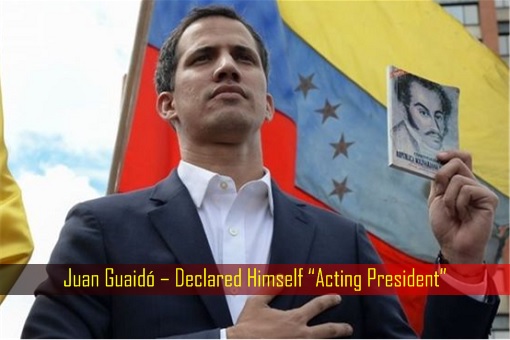
China’s Foreign Ministry called on the United States to stay out of the crisis, while Russia’s deputy foreign minister warned the U.S. against any military intervention in Venezuela. Russia has been propping up Maduro with arms deliveries and loans. China has given Venezuela US$65 billion in loans, cash and investment over the last decade. And Venezuela owes the Chinese more than US$20 billion.
While the Russian and Chinese backing could be just moral support, Maduro might be emboldened by them and raised the possibility that he could use force to expel the remaining diplomats in the U.S. Embassy, although it makes more sense to cut resources such as electricity, gas and water to force the Americans to abandon their embassy.
Even before Trump’s decision to intervene, the U.S. government has had a tense relationship with Venezuela dating back to the presidency of Hugo Chávez, who accused Washington of backing a coup attempt against him in 2002. This is not the first time the U.S. has intervened in Latin American politics though. Here’s a list of some of the most notable U.S. interventions in Latin America:
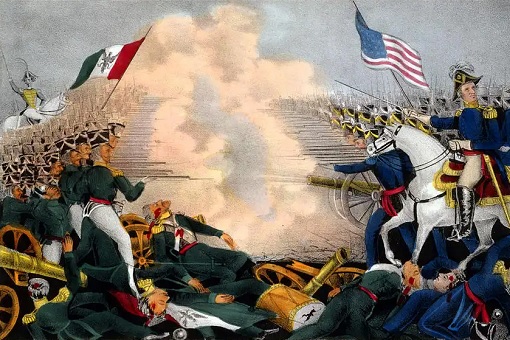
- 1846: The United States invades Mexico and captures Mexico City in 1847. A peace treaty the following year gives the U.S. more than half of Mexico’s territory — what is now most of the western United States.
- 1903: The U.S. engineers Panamanian independence from Colombia and gains sovereign rights over the zone where the Panama Canal would connect Atlantic and Pacific shipping routes.
- 1903: Cuba and the U.S. sign a treaty allowing near-total U.S. control of Cuban affairs. U.S. establishes a naval base at Guantanamo Bay. U.S. Marines repeatedly intervene in Central America and the Caribbean throughout the first quarter of the 20th century, often to protect U.S. business interests in moments of political instability.
- 1914: U.S. troops occupy the Mexican port of Veracruz for seven months in an attempt to sway developments in the Mexican Revolution.
- 1954: Guatemalan President Jacobo Arbenz is overthrown in a CIA-backed coup.
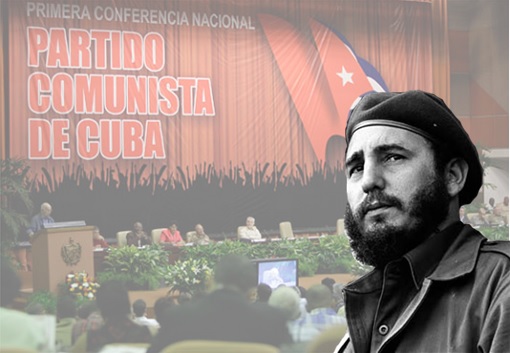
- 1961: The U.S.-backed Bay of Pigs invasion fails to overthrow Soviet-backed Cuban leader Fidel Castro but Washington continues to launch attempts to assassinate Castro and dislodge his government.
- 1964: Leftist President Joao Goulart of Brazil is overthrown in a U.S.-backed coup that installs a military government lasting until the 1980s.
- 1965: U.S. forces land in the Dominican Republic to intervene in a civil war.
- 1970s: Argentina, Chile and allied South American nations launch brutal campaign of repression and assassination aimed at perceived leftist threats, known as Operation Condor, often with U.S. support.
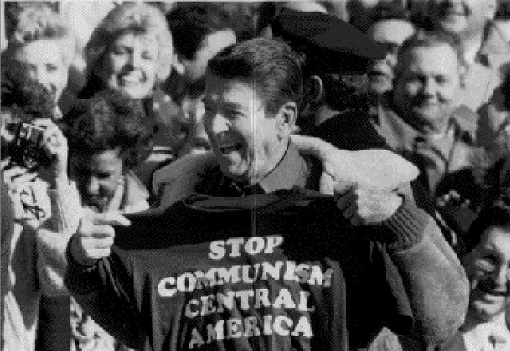
- 1980s: Reagan administration backs anti-Communist Contra forces against Nicaragua’s Sandinista government and backs the Salvadoran government against leftist FMLN rebels.
- 1983: U.S. forces invade Caribbean island of Grenada after accusing the government of allying itself with Communist Cuba.
- 1989: U.S. invades Panama to oust strongman Manuel Noriega.
- 1994: A U.S.-led invasion of Haiti is launched to remove the military regime installed by a
- 1991: coup that ousted President Jean-Bertrand Aristide. The invasion restores Aristide.
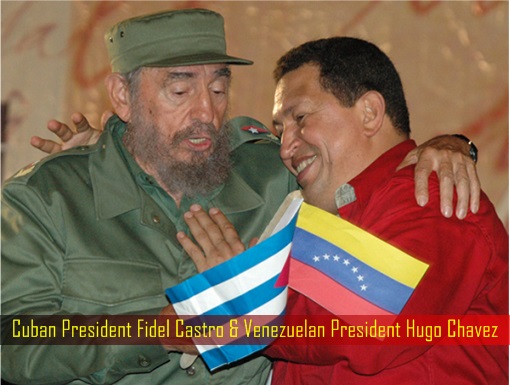
- 2002: Venezuelan President Hugo Chavez is ousted for two days before retaking power. He and his allies accuse the U.S. of tacit support for the coup attempt.
- 2009: Honduran President Manuel Zelaya overthrown by military. U.S. accused of worsening situation by insufficient condemnation of the coup.
Other Articles That May Interest You …
- Qatar Quits OPEC After Close To 60 Years – Here’s Why The Decision Makes Perfect Sense
- Chinese Flag Raised At Sri Lanka Port Raises Concern Of China Secret Naval Base
- After Maduro, U.S. Could Sanction Najib If He Lost But Plays Dirty & Clings To Power
- Blood Bonds – Greedy Goldman Sachs Making Money Off The Killing Of Venezuelans
- 15 Amazing Facts About Fidel Castro (1926-2016) That You May Not Know
- This Country Is So Screwed Up That 123,000 People Travel 10-Hour To Buy Food
- This Country Is So Badly Hit By Oil Prices That Having Sex Is Impossible

|
|
January 25th, 2019 by financetwitter
|


|

|

|

|

|

|




























Comments
Add your comment now.
Leave a Reply